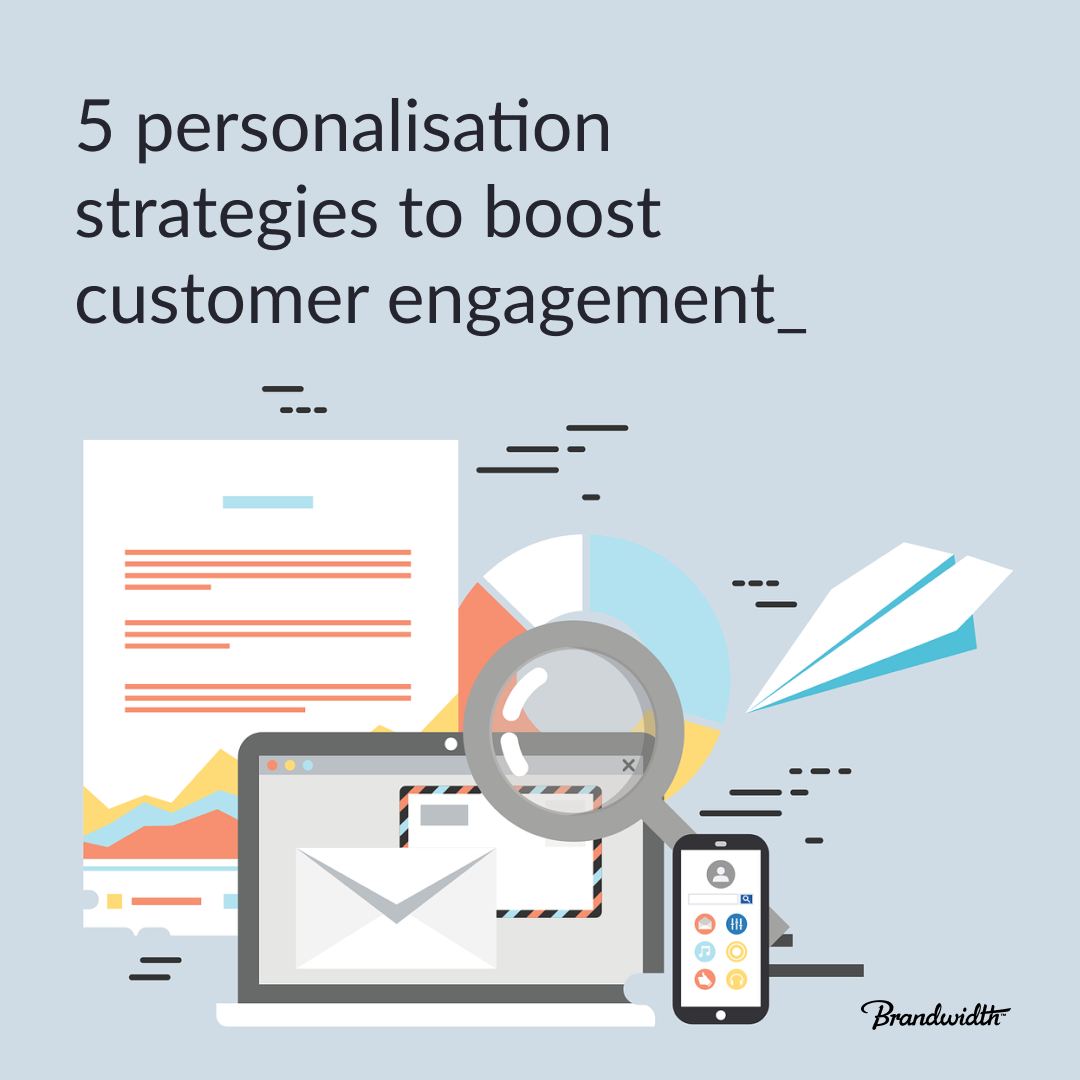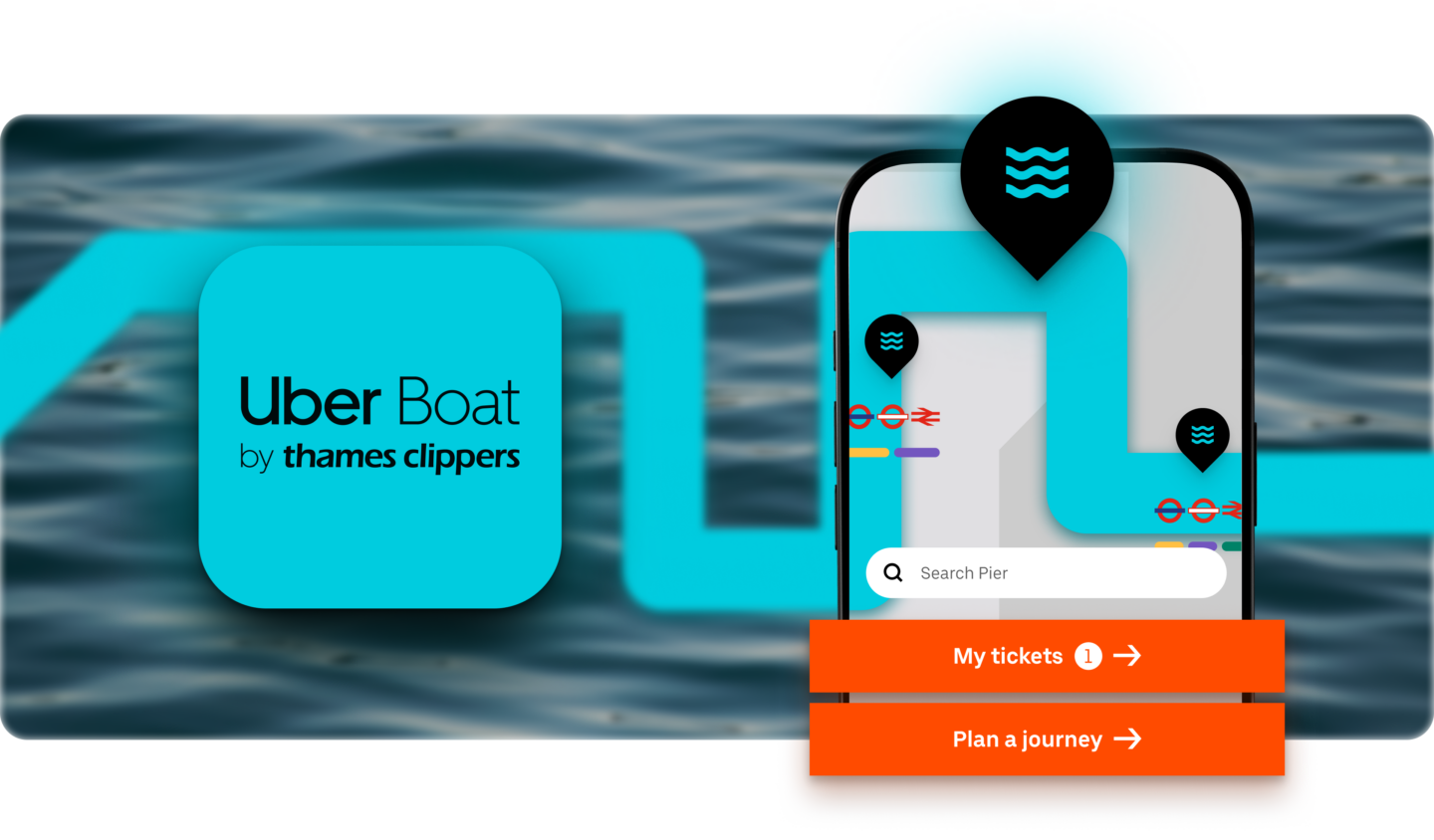






Ah, personalisation, that wonderful digital marketing buzzword. It’s thrown around in strategy meetings and planning workshops all the time, but what does it really mean? And why is it important?
At its core, personalisation is about identifying and meeting the needs, preferences, and interests of your customers – current and future. It means serving them what they want, when they want it.
As marketers and consumers alike become more tech savvy, there’s an expectation that the communications and experiences customers receive from brands become more tailored to their likes, taking previous interactions into account. But how can you implement this yourself?
Here’s some of our most successful strategies for creating tailored customer experiences.
Leveraging Data to Enhance Personalisation
Data collection and analysis play a pivotal role in enabling personalised campaigns that resonate with consumers on a deeper level. It’s important to think not just about how you gather this information, but also how you store it. A paradox exists whereby consumers want personalised experiences but are more conscious than ever of their data and how companies use it. Be careful to follow good privacy protocols or risk losing the trust of your consumers.
Segmentation is key as you identify distinct customer groups based on shared preferences, characteristics and behaviours. By analysing consumer data, marketers can group individuals by their interests and serve them tailored product recommendations, content suggestions, or special offers.
Explore different data sources and tools to gather valuable insights about your audience
If you only rely on one data source to understand your audience, you might be missing out on key insights on their habits. Useful data sources can include website analytics (using tools such as Google Analytics), social analytics, CRM systems, email campaign data, eCommerce platforms, social listening, and heat maps. Be sure to utilise as many as you can, but don’t stretch yourself too thin. It’s better to dig deep into two or three data sources than to use too many and not have the time to properly understand and analyse the data.
Dynamic content and website personalisation
Consider your user’s journey through your website and how this can be tailored to them. Content that dynamically changes for individuals, like personalised product recommendations, makes the experience feel unique to them. The results can be substantial, with Omnichannel Personalisation Company finding that “personalising recommendations made them 2x as effective as non-personalised recommendations, and customers who click on [personalised] recommendations have a 70% higher purchase rate.”
Personalised Email Marketing
Email campaigns play a big role in nurturing leads and retaining customers, but as most marketers are aware of this, your email is likely to be battling for your audience’s attention in an inbox that is fit to burst. That’s where personalisation comes in.
From the basics of inserting a user’s name into the copy, to adapting emails based on geographic location and purchasing habits, there’s many ways your email content can be tailored to everyone you’re communicating with.
The Role of AI and Machine Learning in Personalisation
As with most things digital, AI and machine learning have a role to play in the future of personalisation, so be sure to keep an eye on the news and be aware of the latest developments.
Content creation, AI-powered chatbots, and even custom discounts are all ways that brands are using AI and machine learning to their advantage.



Connected commerce that scales. We design, engineer, and enable seamless ecosystems that connect channels, people, and performance, and convert across every touchpoint.
Learn more